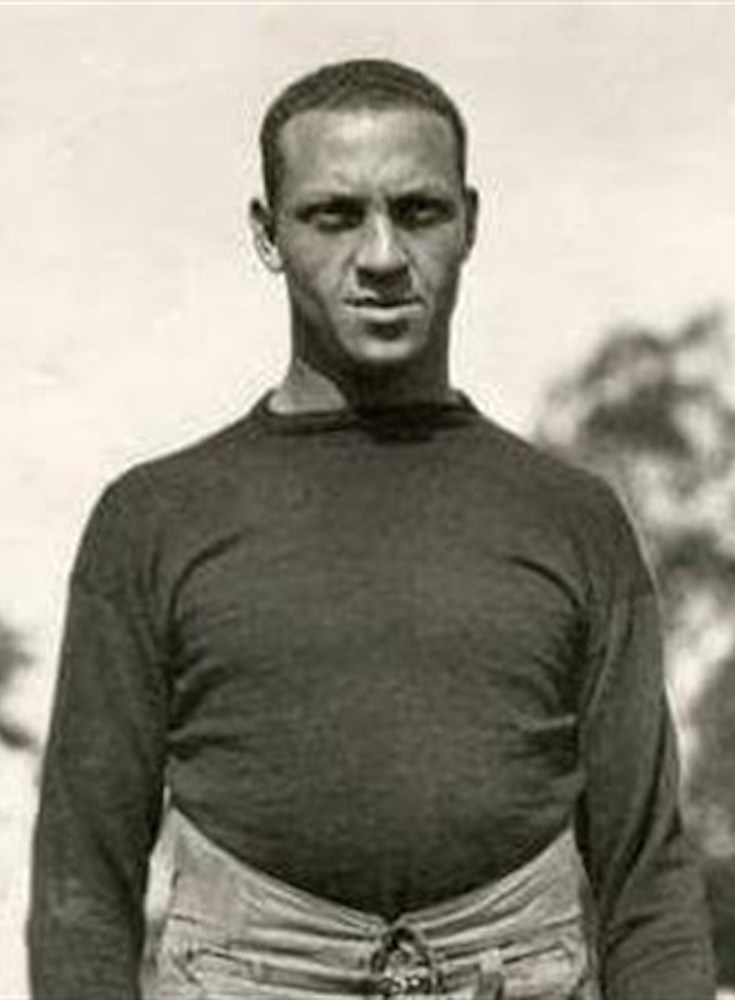[dropcap]In[/dropcap] the dining room of her quaint, brick Alexandria, Va., home, Linda Nickens sat quietly as she traced her glittery, pink fingernails over an old black-and-white photo of the late Charles “Pruner” West. [mc4wp_form id=”6042″]
Nickens, who has lived at her house since 1974, has seen her collection of photos, footballs, plaques, books, awards and trinkets multiply as her once-bare walls have become full of deep-rooted memories.
At the dining room table, Nickens, 72, spread out a handful of photos in front of her, going through one by one as she recounted the stories of the man some called “Doctor,” others “Pruner” or “Charlie,” but to her was simply “Daddy.”
West made history by becoming the first African American to play quarterback in the Rose Bowl. He was part of a small Washington & Jefferson team from western Pennsylvania that squared off against a mighty, undefeated University of California squad in the rain-soaked 1922 Rose Bowl, which ended in a 0-0 tie.
 Toni L. Sandys/The Washington Post | Photo Credit
Toni L. Sandys/The Washington Post | Photo Credit
“He’s kind of my hero,” Nickens said of her father. “I don’t know too many men like him. I don’t want to start crying, but he taught me the good lessons about family and how to deal with people. People in Alexandria would say he was the kindest man they knew.”
NATIONAL MUSEUM OF AFRICAN AMERICAN HISTORY & CULTURE | WASHINGTON, DC
The National Museum of African American History and Culture is the only national museum devoted exclusively to the documentation of African American life, history, and culture. It was established by Act of Congress in 2003, following decades of efforts to promote and highlight the contributions of African Americans. To date, the Museum has collected more than 36,000 artifacts and nearly 100,000 individuals have become charter members. The Museum opened to the public on September 24, 2016, as the 19th and newest museum of the Smithsonian Institution. (Website).



You must be logged in to post a comment.